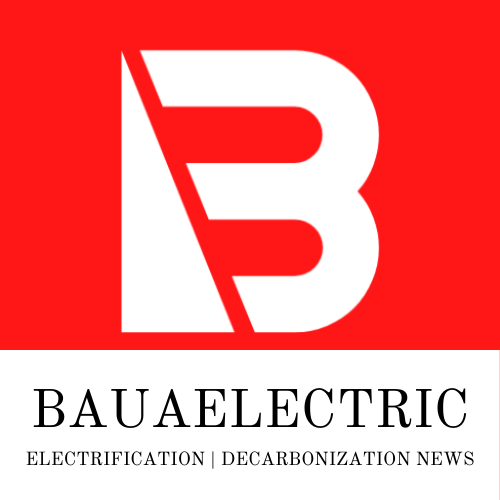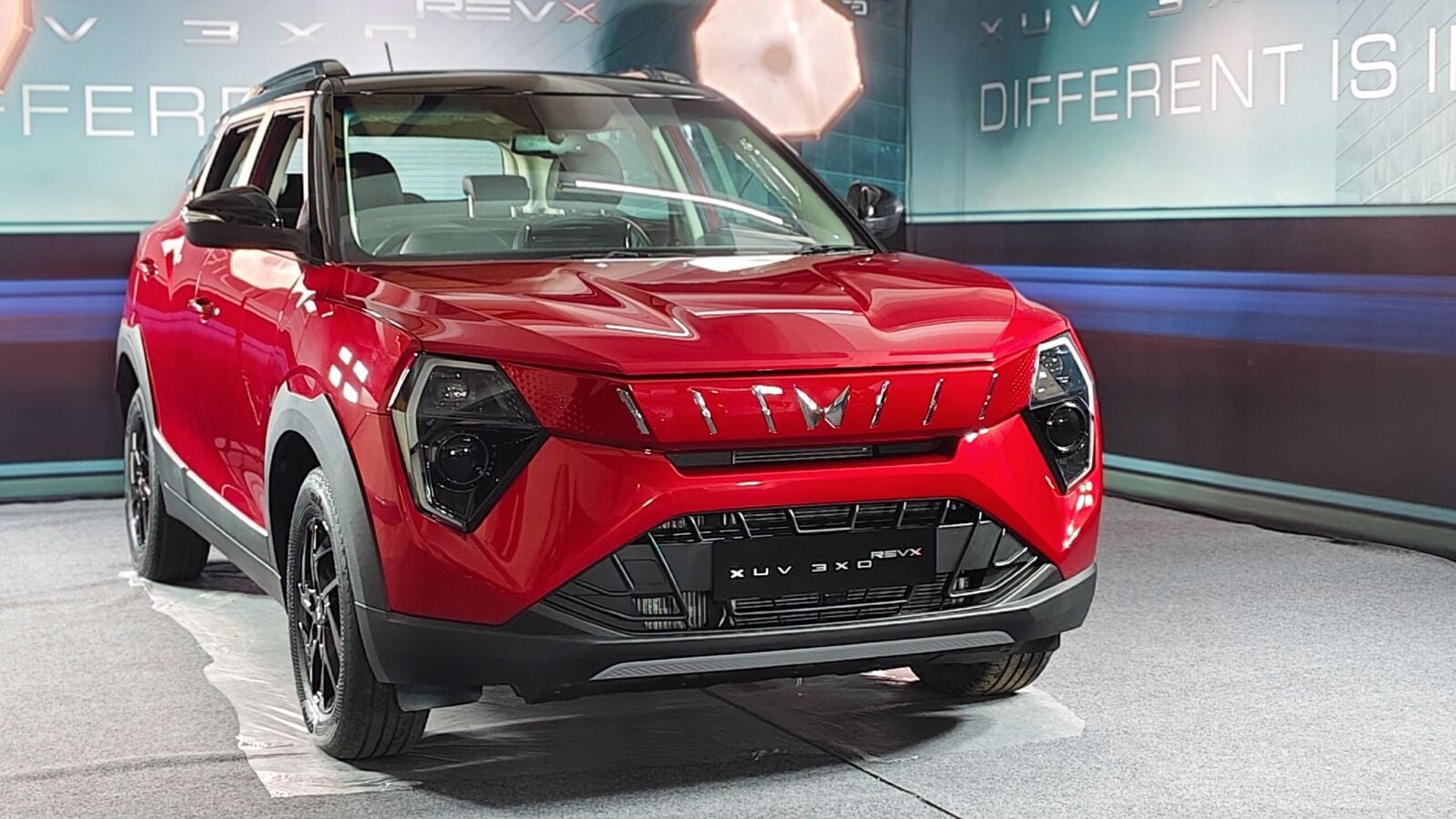Toyota makes use of a 4,000-ton press from Jap press maker Ube Corp. to make sure casting modules, Nakamura mentioned. Toyota could also be seeking to assemble its personal in-house gigapresses.
Toyota hasn’t attempted to shop for its personal gigapress, Nakamura mentioned. International provide of them is very tight as automaker passion within the generation takes to the air. Volvo could also be transferring to gigapresses, and alternative manufacturers are bearing in mind them.
The 4,000-ton press from Ube is a slight smaller than the trade same old, which is round 6,500 heaps, Nakamura mentioned. However there is not any Jap provider of such bulky presses, he added.
The click worn in trying out is sort of double the scale of the most important one worn by way of Toyota to forged portions. That press, a 2,500-tonner, makes entrance and rear suspense towers.
The gigapress is inexpensive in manufacturing preparation and in value of operation than Toyota’s stream mode. It is usually “overwhelmingly faster,” Nakamura mentioned.
The bZ4X under-rear category will also be gigapressed in about 100 seconds, he mentioned. Beneath the stream mode, the handfuls of processes had to manufacture the similar module can tug half-hour, even though in observe a lot of the ones processes occur similtaneously.
Gigacasting will likely be deployed at vegetation making next-generation EVs from 2026, Nakamura mentioned. The ones automobiles may have necessarily 3 simplified modules: a entrance, a rear and a center battery pan. That method will beef up production potency by way of 20 %, he forecast — which means that that with an identical quantity of fabrics and processes, Toyota would be capable of manufacture 20 % extra automobiles.




